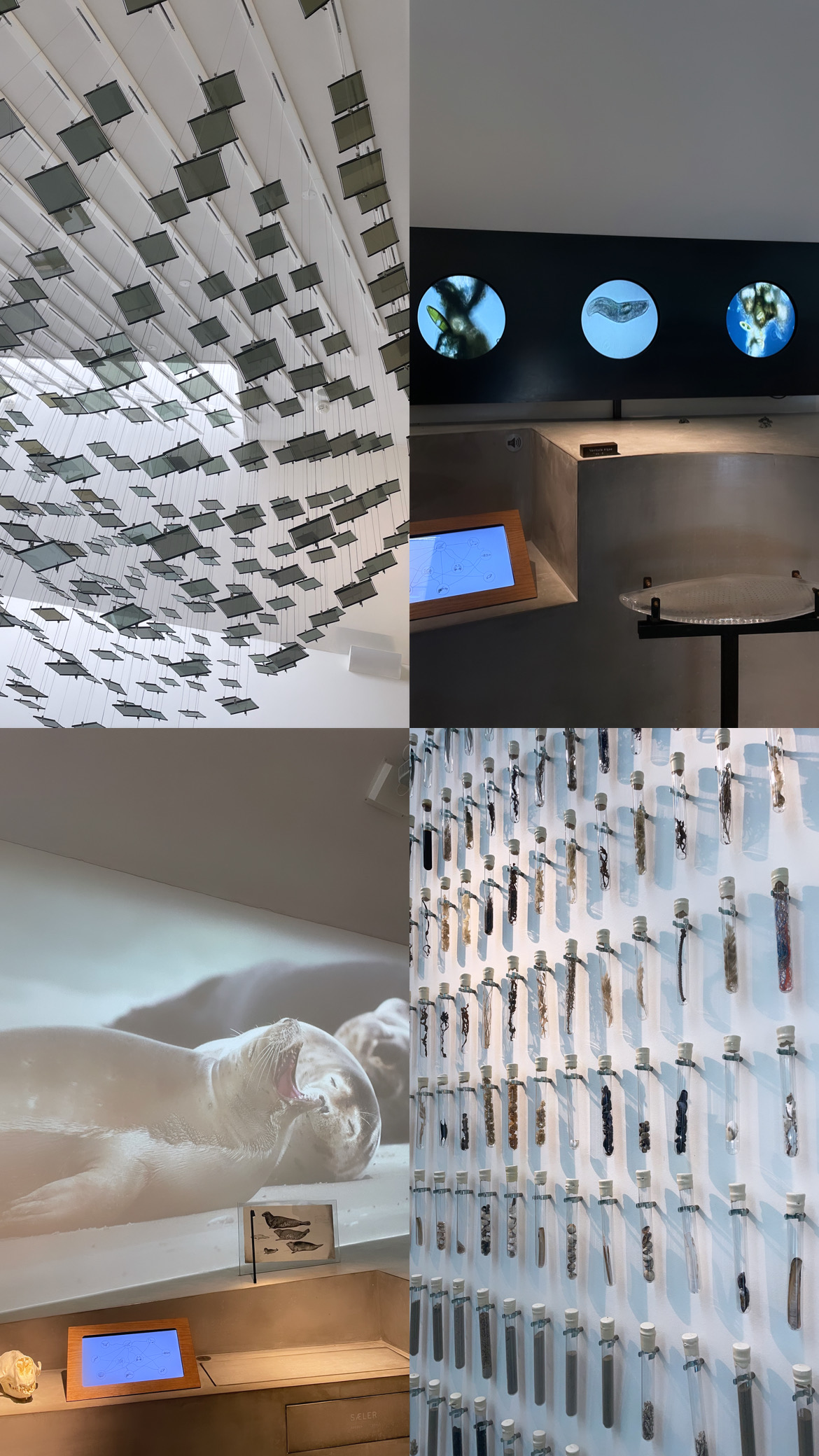
Wadden Sea
Hej,
This past week was core course week at DIS in Copenhagen. This means that all other classes are canceled except for your core course and you spend a week traveling across Denmark and exploring your studies with a deeper and hands-on form of learning. This was quite a different experience for me as the education in the USA is nothing like this. I had such an amazing time and I believe that this technique of teaching is so much better than what I’m used to. I’ve already been in Denmark for a month and, to be honest, I’ve learned more during a month here than a whole semester in the USA education system. My core course is Polar Biology, so this week we went to the Wadden Sea to learn more about this heritage site’s importance for the world’s ecosystem and bird biodiversity. Migratory birds fly for days without rest, food and sleep. On the way they lose half their body weight, and their survival depends upon there being a stopover site where there is plenty of food. The Wadden Sea is such a place. Even though the tidal flats look desolate at first sight, they teem with life. There is a lot of sunlight and nutrition here, and thus good conditions for the growth of algae. The algae constitute the nutritional basis for the many mussels, worms, and snails which cause 15 million migratory birds to stop over and tank up for their long journey every spring and autumn. Therefore, the Wadden Sea is one of the most important wetland areas in the world and I am so privileged and grateful to say that I have been there and studied it in person. As a Biology and Environmental Science major, I have only dreamed of studying and visiting areas like these. It was a bit tiresome living out of a backpack for the entire week, but it was definitely well worth it.

